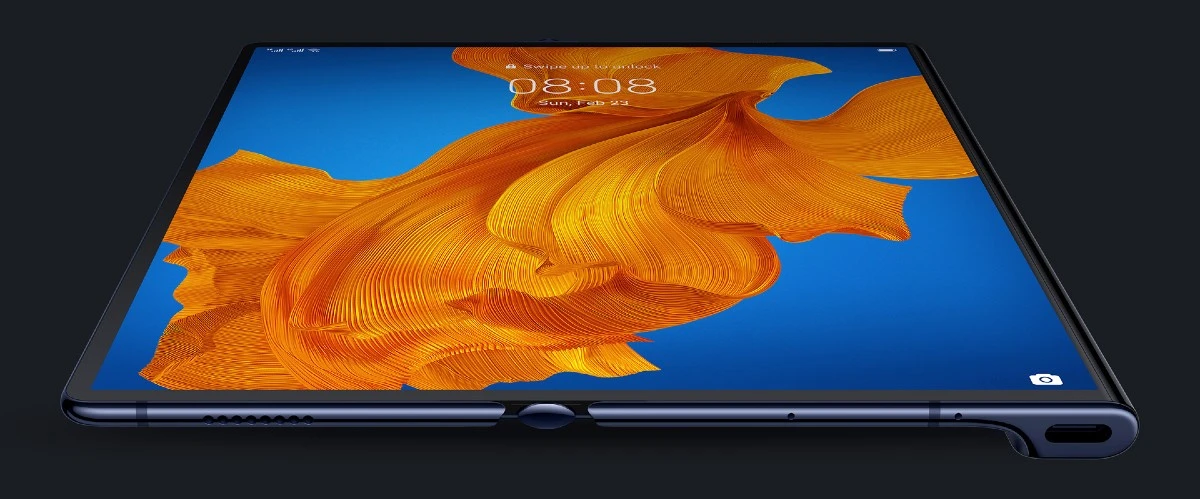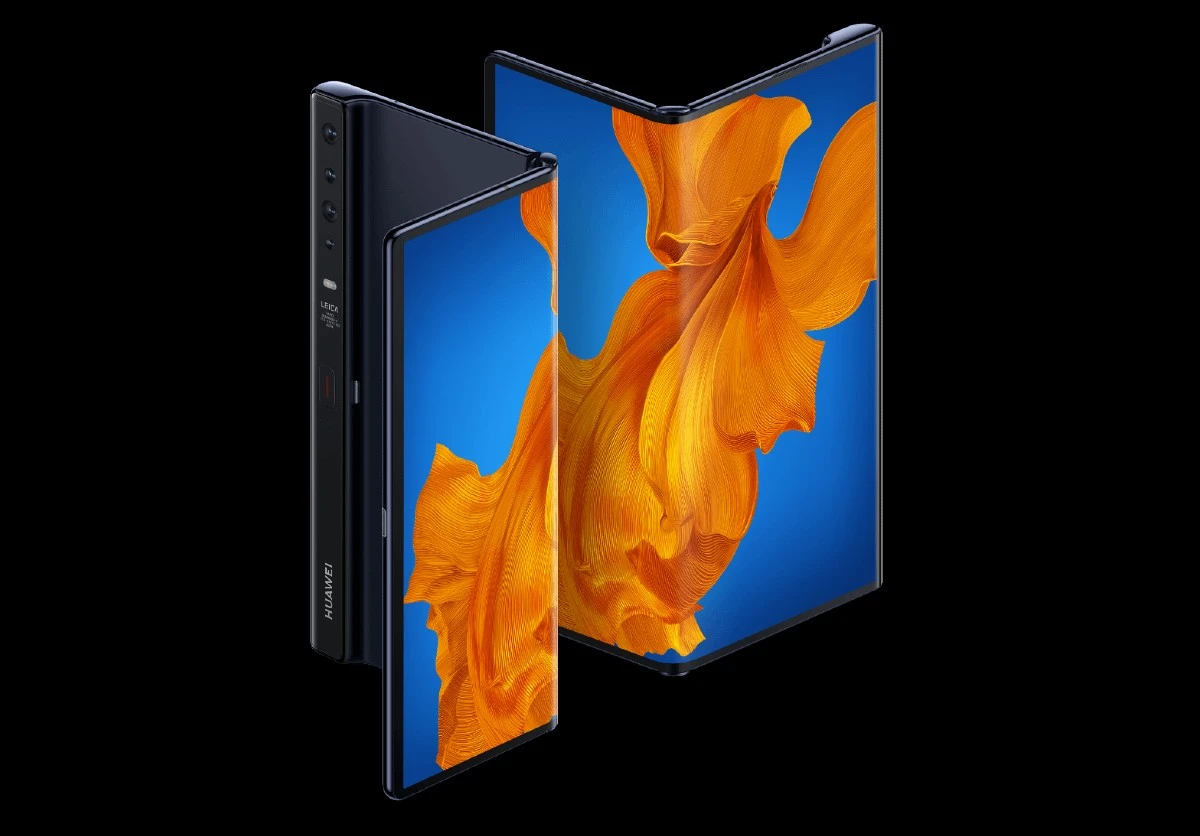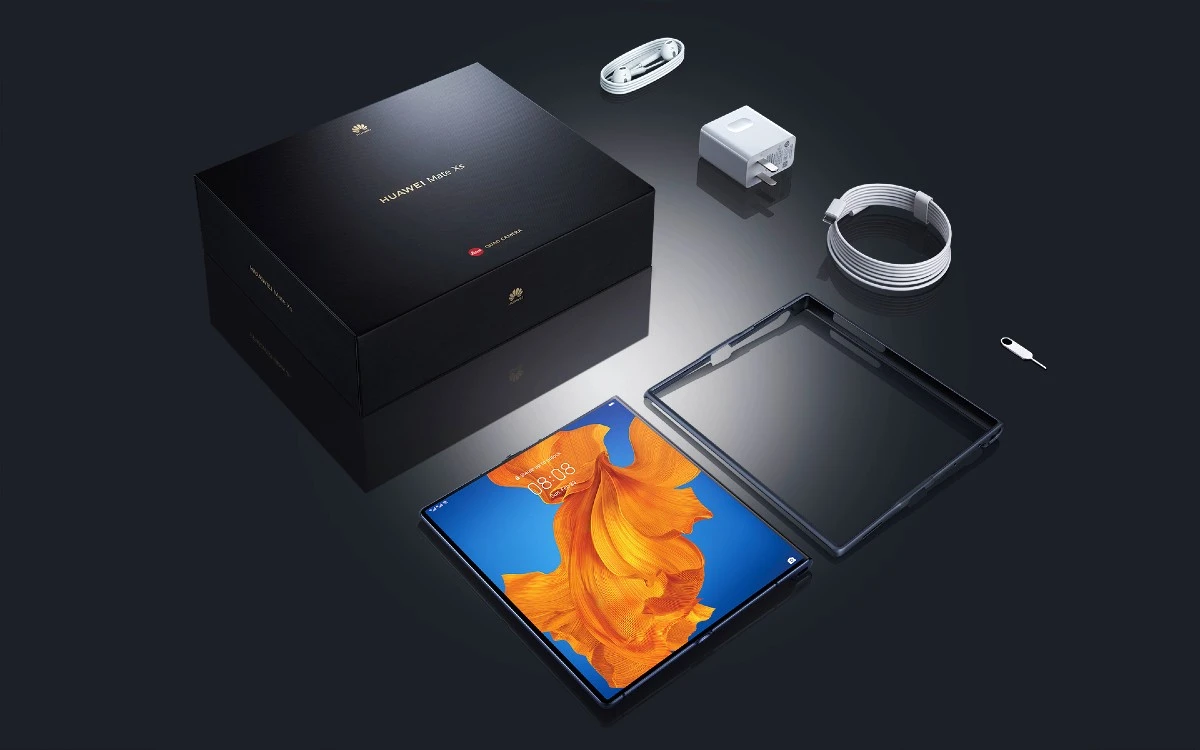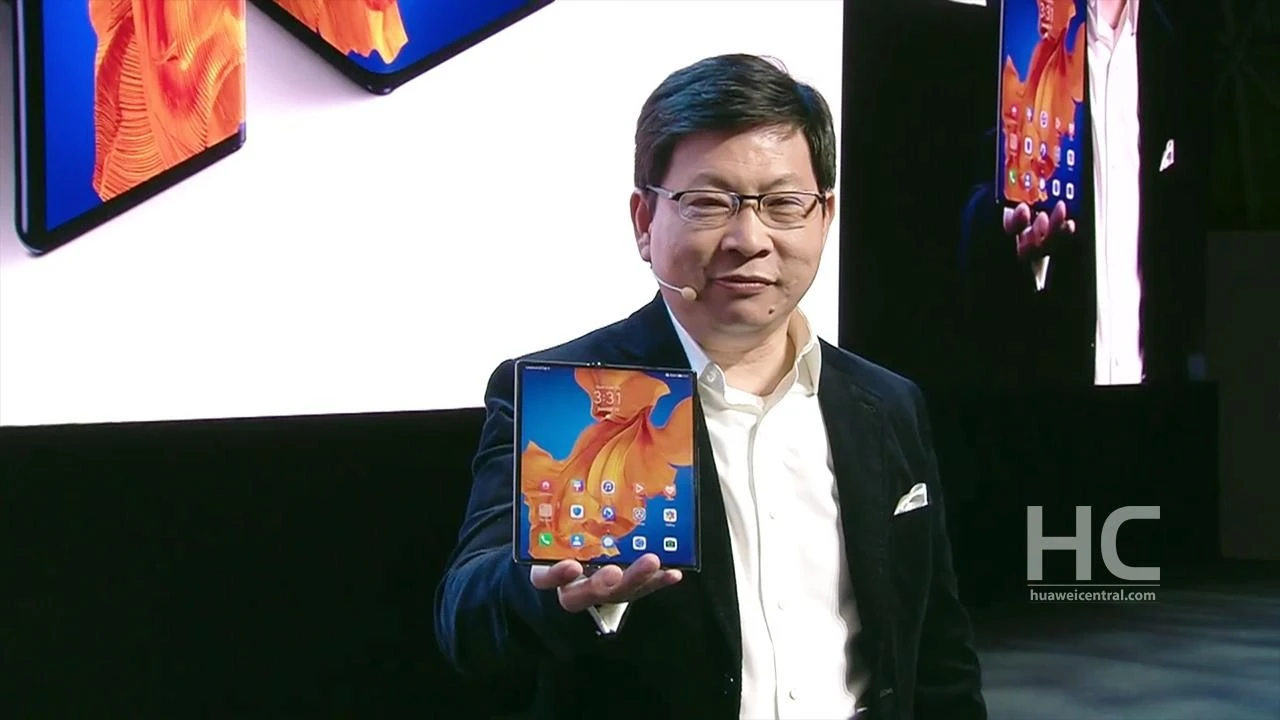Despite Mobile World Congress being cancelled owing to fears over the coronavirus, Huawei launched a series of high-end updates at a virtual press conference today.
The headline product is the Huawei Mate Xs, a reworked version of Huawei’s smartphone that unfolds into a tablet, which directly competes with Samsung’s Galaxy Fold rather than the South Korean firm’s newer, smaller Galaxy Z Flip folding phone.
The Huawei Mate Xs is a refresh of the folding Mate X unveiled at MWC last year. It comes with a Kirin 990 5G chipset, 8GB of RAM, 512GB of internal storage, and a 4,500mAh split battery. When unfolded, it retains the same 8-inch display as seen last year, but with some improvements made to the display structure, which is made of two layers of aerospace-grade polymide that’s been fused together with an optically clear adhesive, which Huawei says makes it durable enough while allowing for high image quality.
When folded, you get a 6.6-inch almost bezel-free front display and 6.38-inch rear display.

AI is handled by a three-core Da Vinci NPU architecture based on two big cores and a tiny core. The chip also includes sub-6GHz 5G NSA and SA support, and 5G+4G dual sim dual standby, though it will notably only support the N41 (2.5-2.69GHz) 5G band at launch, adding additional bands in a future over-the-air update.
Huawei has also enhanced the Falcon Wing back-to-back folding design, which feels smoother and more stable than on the previous model.
Running on EMUI10.0.1, the Mate Xs has a multi-window function, which allows for two apps to be displayed side-by-side – and interact with each other. In other words, text, images and documents can be transferred simply by dragging and dropping content from one app to another.
There’s also a floating window function to let users launch a third app for small tasks such as responding to text messages, without exiting the other apps.

The Mate Xs also supports multi-screen collaboration, which allows for data transfer and multi-screen control between the phone and Huawei’s MateBook and MatePad Pro, by creating a mirror screen of your phone on Huawei’s laptops and tablets, and allows for an easier drag and drop.
As for its cameras, the Mate Xs doesn’t disappoint. It comes with a Leica SuperSensing quad camera system comprising a 40MP SuperSensing camera, a 16MP ultra-wide angle camera, an 8MP telephoto camera and a 3D Depth Sensing camera.
It will also allow for up to 30x zoom and instead of just relying on the rear cam for selfies, the Mate Xs lets users take self-portraits using the secondary screen as well.
The Huawei Mate Xs will retail for £2,095 (€2,499) for the 8GB RAM, 512GB storage variant and will be available for purchase later this year.

Huawei Mate Xs Specifications
Display:
Unfolded – 8-inches (2480 x 2200)
Folded – 6.6-inches (2480 x 1148) for the front panel, 6.38 inches (2480 x 892) for the back panel
Processor: Kirin 990 5G
RAM/Storage: 8 GB RAM + 512 GB ROM
Rear Camera: SuperSensing Cine Camera
40 MP (Cine Camera, f/1.8 aperture) + 40 MP (SuperSensing Camera, f/1.6 aperture, OIS) + 8 MP (Telephoto Camera, f/2.4 aperture, OIS) + 3D Depth Sensing Camera
Front Camera: 32 MP, f/2.0 aperture
3D Depth Sensing Camera
Battery: 4500 mAh (65W – Huawei superCharge, Wireless Supercharge 27W)
Network: 5G (NR), 4G (TDD LTE, FDD LTE), 3G (WCDMA), 2G (GSM)
Connectivity: WLAN (802.11a), Bluetooth (5.1), USB (Type-C), Earjack (Type-C)
Sensors: Gravity Sensor, Ambient Light Sensor, Proximity Sensor, Gyroscope, Compass, Fingerprint Sensor, Hall sensor, Barometer, Infrared sensor, color temperature sensor
Dimension, and Weight: 78.5mm x 161.3mm x 11mm (300g)
Other: NFC, GPS
Software: EMUI 10 (Android 10)



